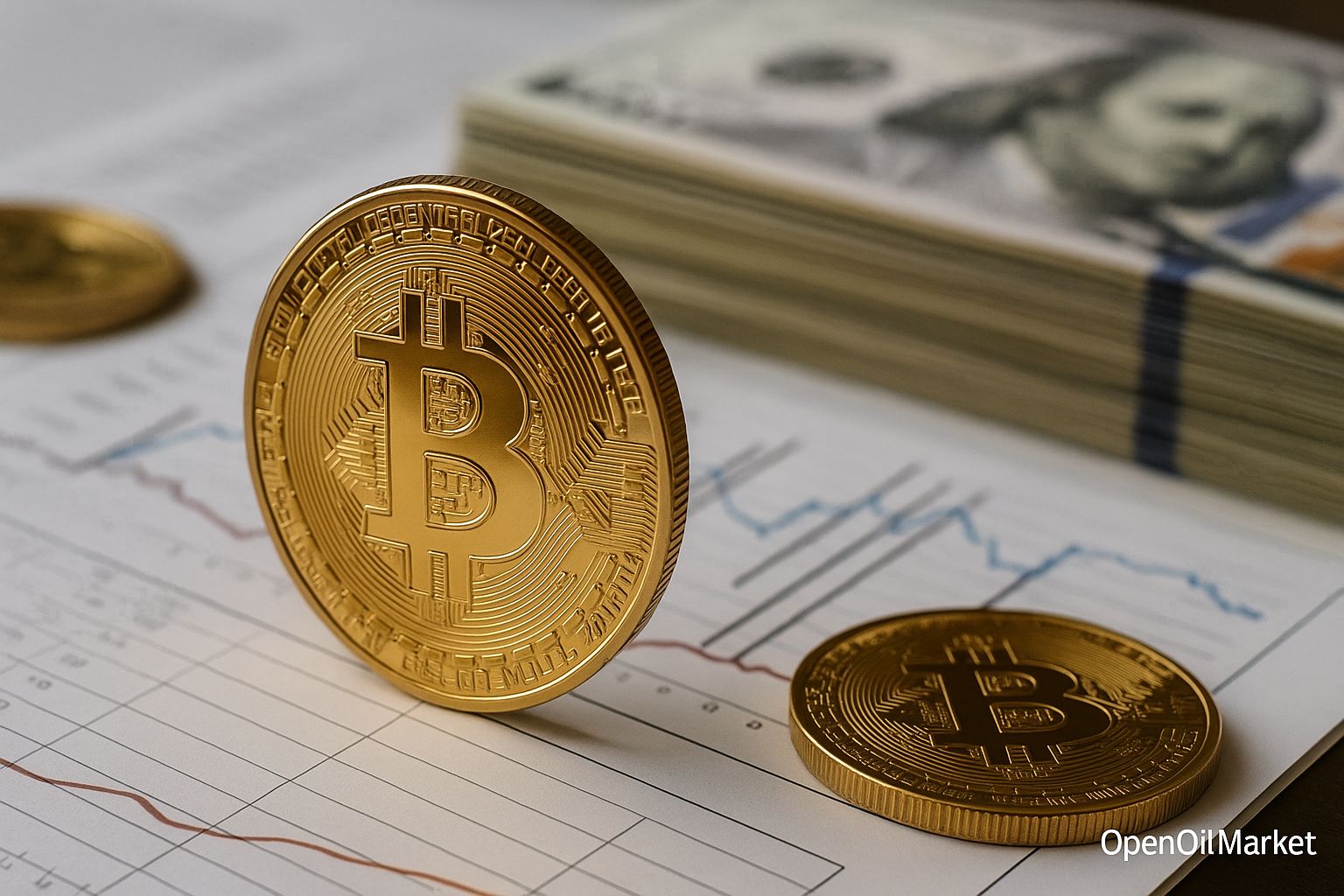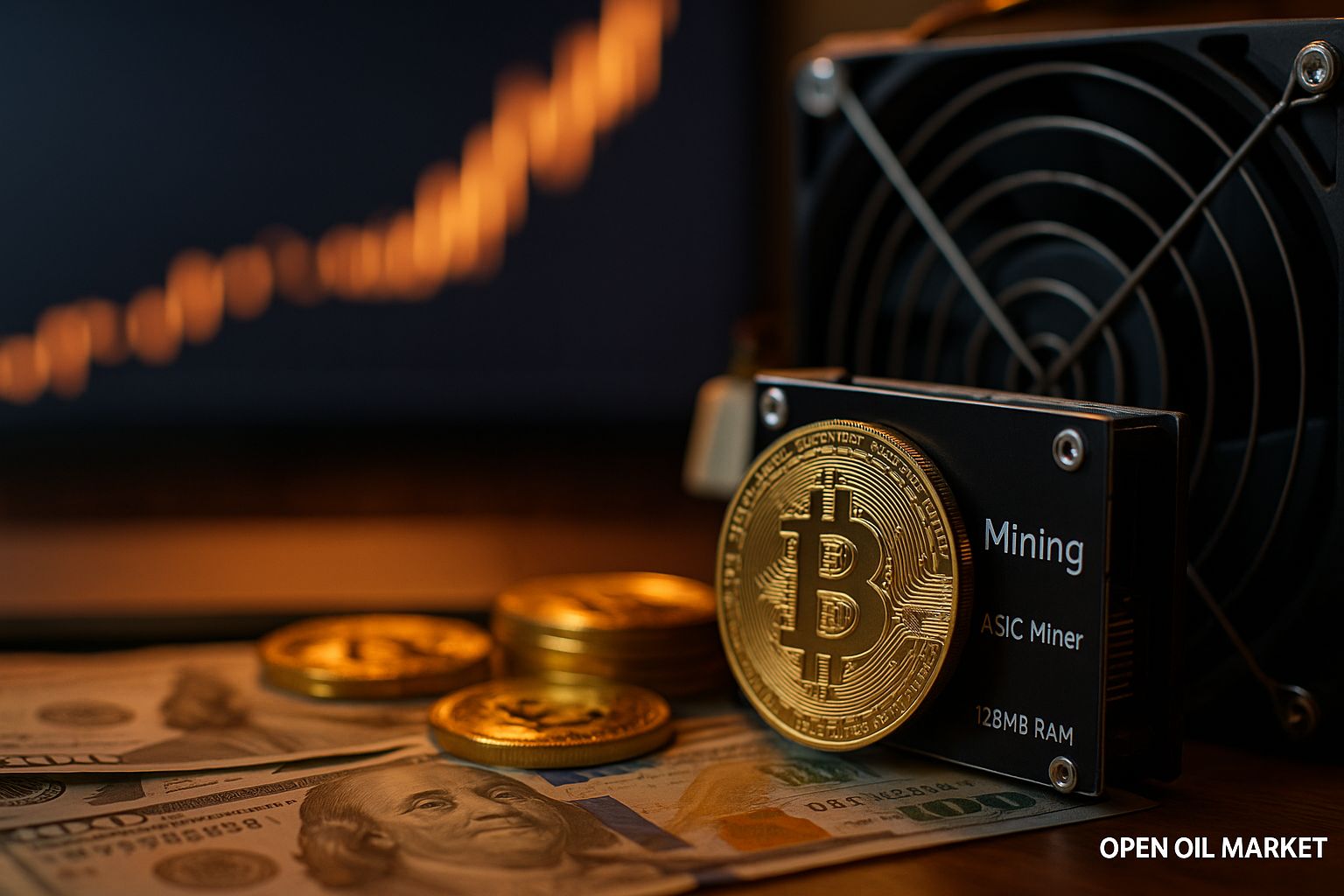SEC Files Charges for Meme Coin Creation and Price Manipulation for the First Time
The U.S. Securities and Exchange Commission (SEC) has filed charges against an individual for the first time regarding the creation and manipulation of meme coins. The charges were brought against Vietnamese national Vai Pham, residing in Los Angeles and known under the alias msvy_crypto. Pham launched the tokens Saitama Inu and Robo Inu, as well as the platform ROBO Global.
According to the allegations, to create the appearance of demand for Robo Inu, Pham enlisted the help of the company Gotbit, led by Alexey Andryunin. Through fraudulent transactions (wash trading), the trading volumes of the token were artificially inflated, attracting investors. The SEC claims that Pham actively promoted Robo Inu on social media, promising high returns.
Gotbit’s head, Alexey Andryunin, was arrested in Portugal at the request of the U.S. on October 8. The indictment also mentions staff members of Gotbit and a marketing team that supported the Robo Inu token.
My Thoughts as an Entrepreneur on the Implications of the Case Against the Meme Coin Creator
This SEC case may have significant repercussions for the crypto industry. The charges against Vai Pham and her team have drawn attention to meme coins and the risks of manipulation associated with new tokens. Meme coins, lacking substantial fundamental value, often rely on hype, making them vulnerable to speculation and uncontrolled price surges.
What Consequences Could This Have?
If the case results in a guilty verdict, we can expect a tightening of regulatory approaches to new tokens, especially meme coins and low transparency projects. In response, cryptocurrency exchanges are likely to increase their scrutiny before listing, which, in turn, may lead to a reduction in the number of new projects entering the market. While investors might feel more protected, they may also find themselves less flexible in asset selection.
Is This the Right Move?
From my perspective, it is essential for the cryptocurrency market to develop responsibly. The creation of tokens aimed at artificially inflating their value and misleading investors should be met with resistance. Investors need assurance and protective mechanisms to limit manipulation and fraud. On the flip side, harsh measures could weaken the dynamism of the crypto market, where genuinely innovative projects are often launched. Achieving a balance between regulation and developmental freedom is key to a healthy crypto market.
This case could set a precedent that compels crypto projects to reconsider their marketing approaches while strengthening regulation, which in the long run might lead to a more mature and secure market for both retail and institutional investors.




